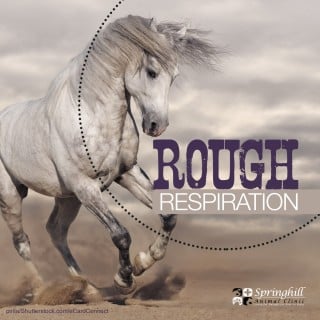A metabolic disease of dairy cattle, sub-acute rumen acidosis (SARA) occurs when the pH level of the rumen falls to less than 5.5; normal pH levels are between 6.5 and 7.0. As the pH falls, the rumen stops moving, becoming atonic and depressing appetite and production. Secondly, the rumen flora is changed and acid-producing bacteria takes over, producing more acid which is absorbed through the rumen wall. Metabolic acidosis results and in severe cases, leads to shock and death of the animal.
Sub-acute rumen acidosis is generally seen in dairy cattle who are fed increased concentrates compared to forage. SARA is a milder form of acute rumen acidosis, commonly found in beef cattle, which often results in death of the animal. The primary cause of SARA is feeding a high level of barley, other cereals and otherwise rapidly digestible carbohydrates.
Symptoms of SARA include:
– Reduced feed intake
– Poor body condition and weight loss
– Unexplained diarrhea
– Elevated temperature
– A rise in pulse and/or respiratory rate
– Lethargy
Prevention of SARA is key through reducing the amount of readily fermentable carbohydrate consumed at each meal by the cattle, done through good diet formulation and feed bunk management. However, even with a well-formulated diet, dairy cattle still remain at risk if they tend to eat large meals due to excessive competition for bunk space or following periods of feed deprivation. Including long-fiber particles in the diet encourages saliva production during chewing which will increase rumination after feeding, and therefore reduce the risk for SARA.
While there is no specific treatment for SARA as it is not detectable at the time of the depressed pH levels, secondary conditions may be treated as needed. In addition to the prevention methods suggested above, if you suspect SARA in your dairy cattle, contact us to discuss the situation and build a treatment and prevention plan to best suit your herd?s needs.



